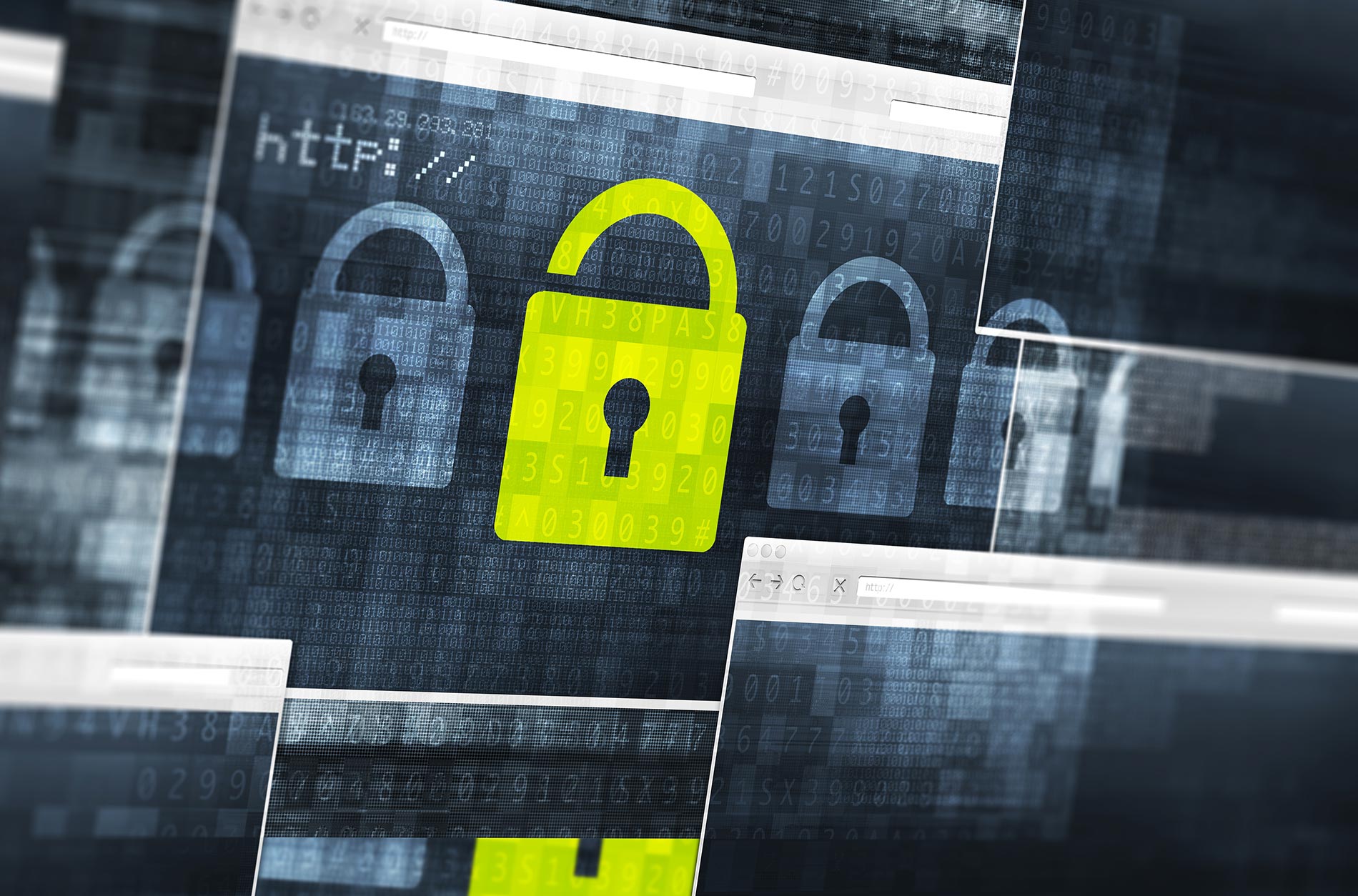Copying a document is simplicity in itself. You can simply either:
- Right click and select the word “copy” when it appears to copy the file and right click to choose “paste” when you have accessed the file where you want it to be, or
- Hit the Control key plus C to copy, and the Control key plus V to make it appear in the file you want. But what if you want to copy multiple files?
Learn how to copy more than one document with our computer tip of the day.

There are several different ways to do this.
First, do you want to copy all the documents in a given file? Open the file and hit Control plus A to select all the files. Then, perform one of the two methods above.
Or, you may want to select a bunch of documents that are next to each other, but not every single one in the file. Simply click the first document you want to copy. Then depress the Shift key and click the last document of your selection. The first, last, and everything in between will be selected.
After they are selected, perform one of the two methods in the first paragraph. Finally, if you simply want to copy more than one, but they aren’t next to each other, there’s a simple method.
Click the first document you want to copy. Then hold the Control key down while you click the others. Then copy the ones you’ve selected. Paste them. Voila, and presto.
This is one of those moves that’s easy to forget if you don’t do it very often. But it’s simple and easy to remember if you keep this info in a handy place.
Contact us for more information.





